January 14, 2021
Sometime last spring I decided to check out my town’s cemetery, about a mile’s walk from my house. Chestnut Grove is 25 acres with a smattering of 200-year-old oaks and graves dating to the 1830s. Some are recently dug, not yet occupied. In the 10 months I’ve been taking walks there (the sanctity and peacefulness makes it one of new favorite local walking spots), I’ve seen a dozen or more new graves, many for people much younger than me. The names on the headstones have become familiar, and I often wonder how they died, especially the young ones. There’s a section for babies, as touching as it is heartbreaking. Color toys and trinkets and flowers scatter the ground—little cars, balls, stuffed animals. One child’s grave with a death date of 2015 still bears the temporary metal funeral home sign, no stone. Can the family not afford a stone or has the child been forgotten?
Volunteers for Wreaths Across America left their mark here at Christmas. Piles of wreaths are being collected and taken down now, even though they are still in beautiful shape. It seems almost disrespectful to me. Why not leave them up until spring?
One plot has a mailbox; inside is a stack of envelopes. For the deceased? The survivors? A sweet touch.
One of the more well-known persons whose ashes are interred here is Dith Pran, the Cambodian journalist, photographer, and activist who suffered under the Khmer Rouge. His story was portrayed in the film “The Killing Fields.” As a former journalist, I have the utmost respect for journalists who risk their lives to tell the truth about injustice and genocide.



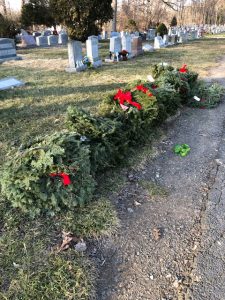
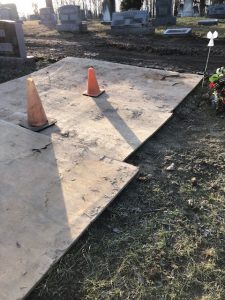
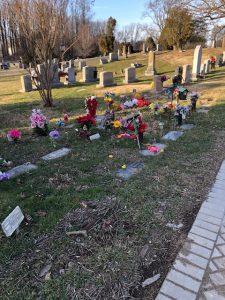
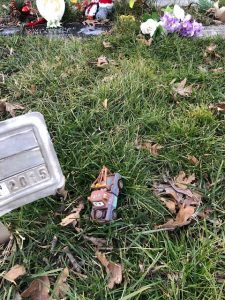
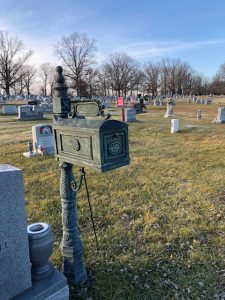

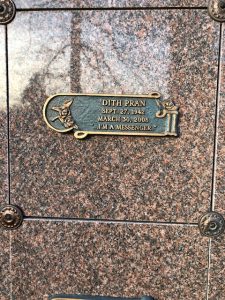
Comments
January 14, 2021 — No Comments
HTML tags allowed in your comment: <a href="" title=""> <abbr title=""> <acronym title=""> <b> <blockquote cite=""> <cite> <code> <del datetime=""> <em> <i> <q cite=""> <s> <strike> <strong>